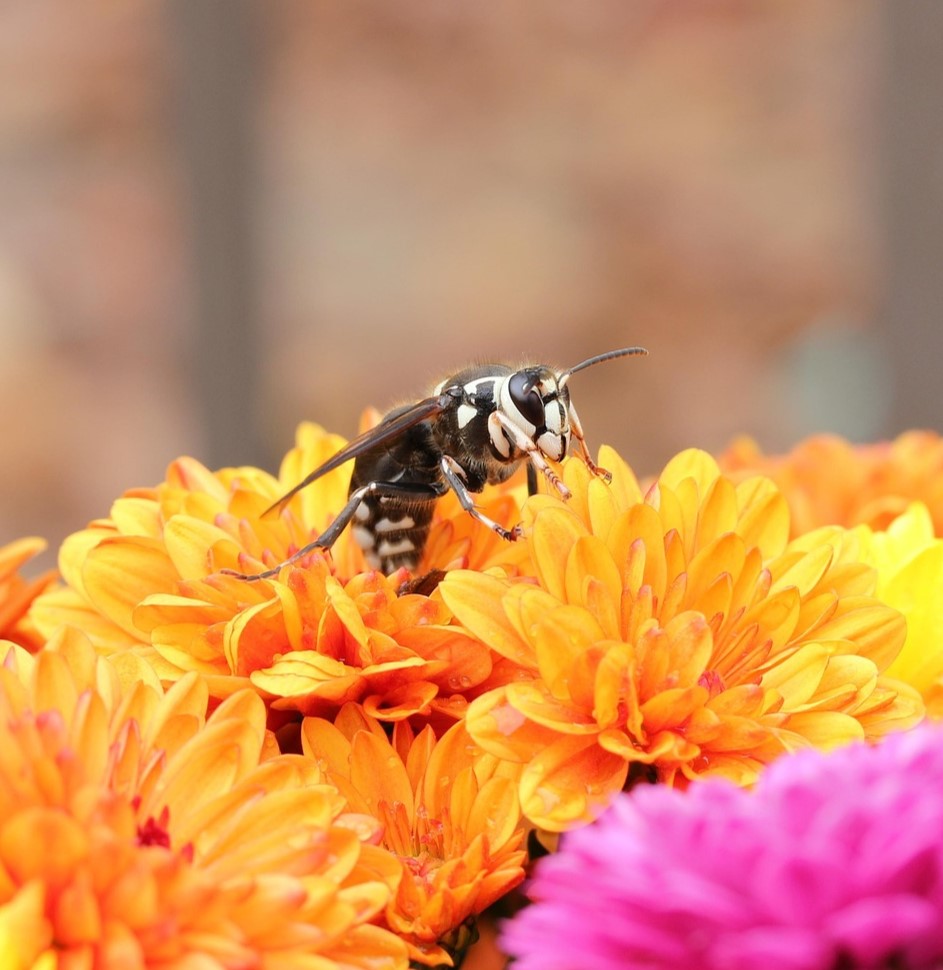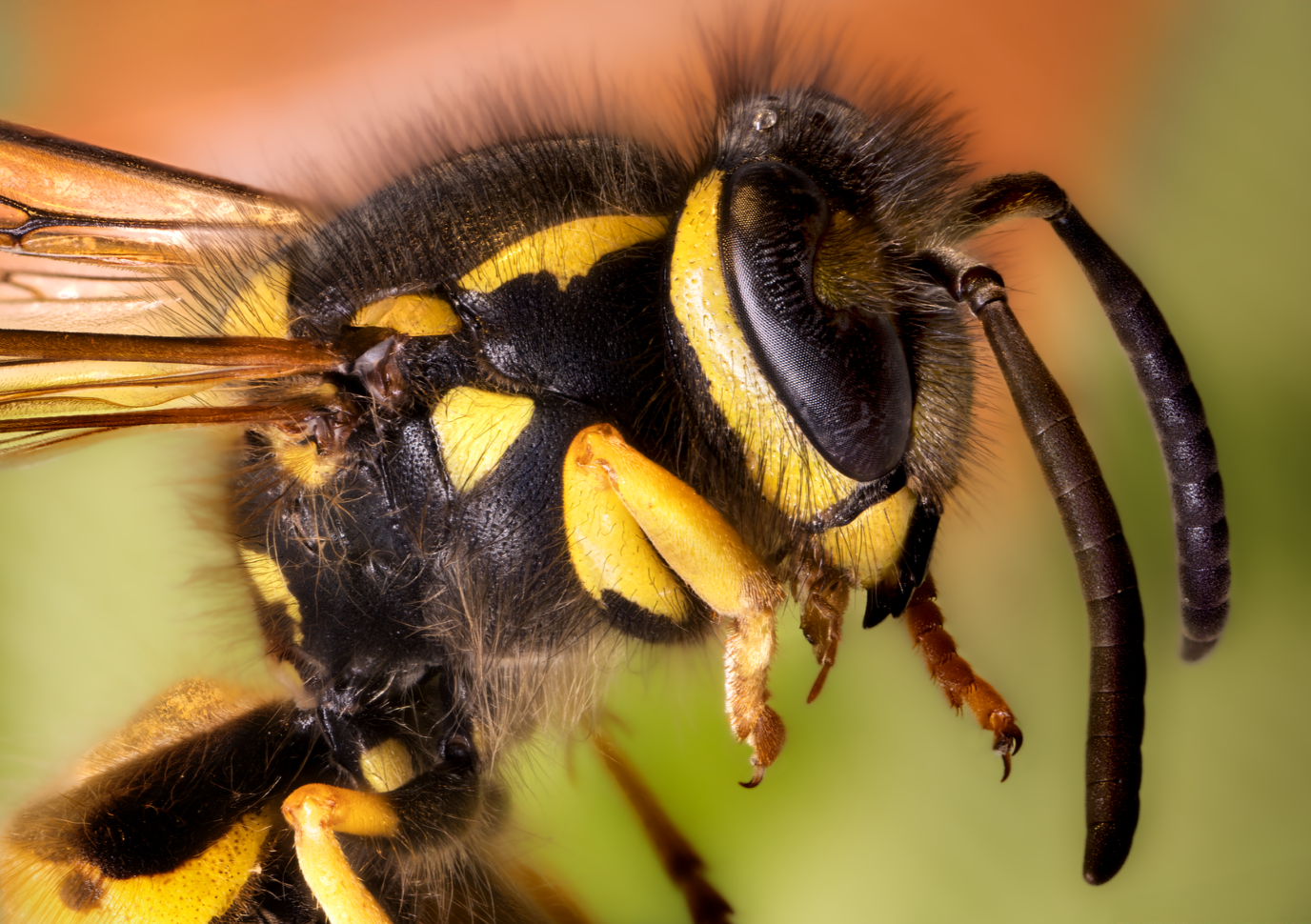It’s wasp season in Saskatchewan — and if you’ve noticed more buzzing around your backyard barbecue, you’re not alone.
Dr. James Tansey, provincial entomologist with the Saskatchewan Ministry of Agriculture, says late summer is the peak activity period for native wasps — yellowjackets and bald-faced hornets are the big two.
“At this time of year, the foraging becomes more earnest,” said Tansey. “People are probably noticing their enthusiasm increasing as the year gets later and the push toward winter comes.”
Most wasps seen around homes and picnics belong to the order Hymenoptera, a massive insect group that includes bees and ants. Among them are both ground-nesting and tree-nesting species that become more visible and territorial as the colony’s worker population grows.
Most reports of wasp stings in Saskatchewan are from yellowjackets (underground and building nesters), who are more protective than aggressive. Bald-faced hornets (white markings, hanging nests) are more common in the northern forests, which is good for Moose Javians because bald-faced hornets are more aggressive than yellowjackets.

Tansey explained that the typical life cycle starts with a single queen in spring.
“She’s a little bit larger than the workers you see,” he said. “She starts laying eggs, and over the summer, the colony builds and builds.”
The result by mid-summer is a sizable population of wasps (potentially up to about 4,000 per nest) looking for food that will help the colony prepare for winter — especially proteins and sugars.
“You can take advantage of their love of sweets with traps,” said Tansey. “Take a two-litre pop bottle, cut the bottom off, invert the top into the base to form a funnel, and add sugar water. Wasps get in, but can’t get out.”
Another DIY trick is to hang up an artificial nest. Because wasps are territorial, they may avoid areas where they think another colony is already established.
While most stings happen when people accidentally disturb or crush a wasp, large colonies near buildings can pose a risk if the wasps become agitated and swarm what they perceive as threatening predators. In those cases, Tansey recommends calling a professional.
“If you’re stung by a large number of yellowjackets or bald-faced hornets, it can be a very painful experience. It can also be dangerous, even if you aren't allergic,” he said. “So, if the nest is in a location frequented by people, you may want to consider control, and of course there are plenty of qualified companies in the province that can safely take care of that for you."
But not all wasps are aggressive — and not all are bad news. While they can be a nuisance outdoors, these insects play essential roles in Saskatchewan’s ecosystems. More on that in an upcoming article.
